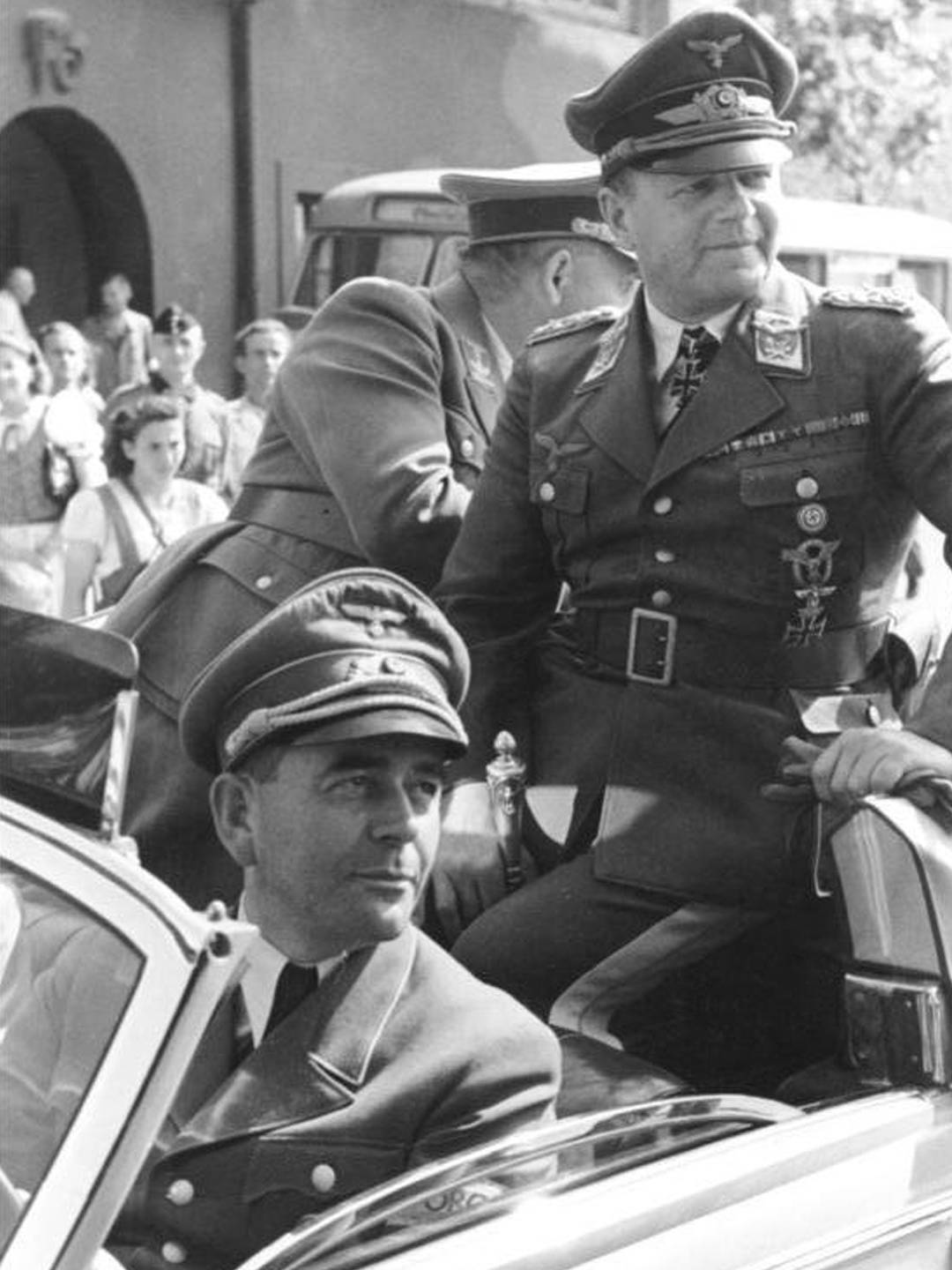The Jägerstab
In 1944 the National Socialist regime began to relocate both the secret rocket bases and the entire aircraft industry underground. The massive Allied bombing raids on the German military aircraft industry were the reason for this decision.
The new National Socialist authority, the “Jägerstab” or “Fighter Staff” task force was created on 1st March 1944 and given responsibility for protecting and expanding German aircraft production. This organisation brought together representatives from the Armaments and Aviation Ministry, private companies and the SS. To start with, rapid conversion of existing caves and tunnels was planned, but very soon it was decided to construct galleries and semi-subterranean bunker facilities.
Due to the shortage of labour, concentration camp prisoners formed the majority of the labour force for the relocation the aircraft industry. Soon, more than one third of all concentration prisoners fit for work were working on relocating bases underground.
They were accommodated in newly-built concentration subcamps close to production bases. One of the largest of these was the Landsberg/Kaufering concentration subcamp complex with plans for eleven camps. Some 23,500 predominantly Jewish prisoners were brought here to be deployed in forced labour on the construction sites. Two of the three bunker construction sites ceased work even before the end of the war. The work at the “Weingut II” bunker ceased in April 1945. None of the armaments bunkers were completed.


